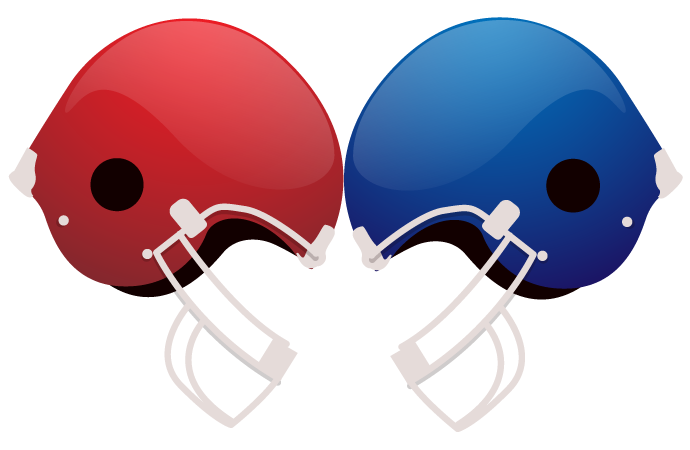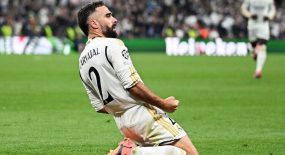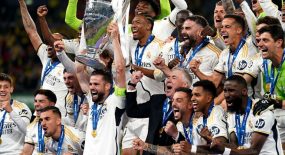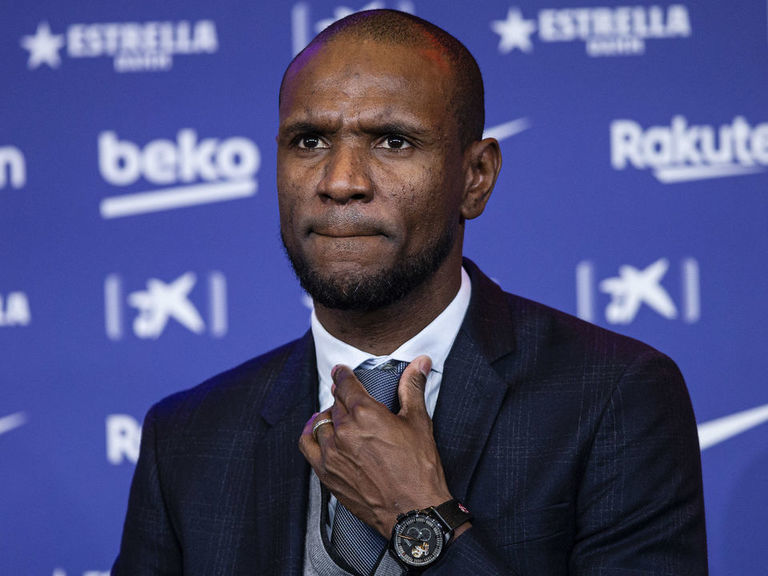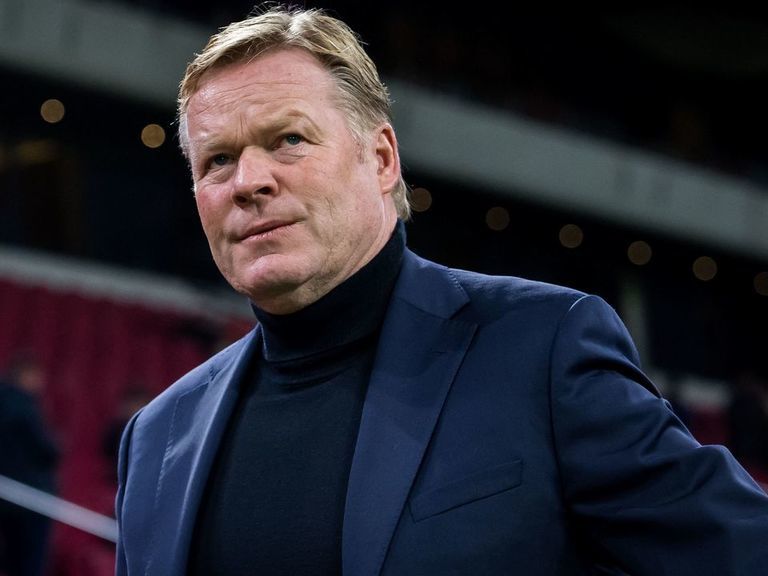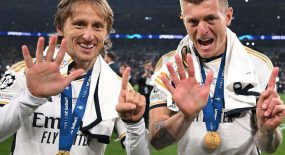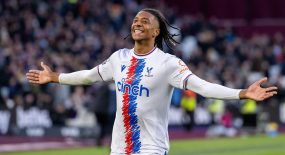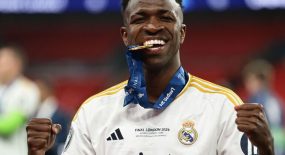Barcelona and sporting director Eric Abidal agreed to sever ties Tuesday as the Catalonian club continues to restructure following last week’s humiliating 8-2 Champions League quarterfinal loss to Bayern Munich.
Abidal’s departure follows Monday’s decision to sack head coach Quique Setien.
“The club would publicly like to thank Eric Abidal for his professionalism, commitment, dedication, and the close and positive nature of his relationship with all aspects of the Blaugrana family,” Barcelona’s statement read.
The Frenchman assumed duties as sporting director in June 2018 and helped engineer the arrivals of Malcom, Arturo Vidal, Kevin-Prince Boateng, Antoine Griezmann, and Martin Braithwaite during his two seasons in the post. The likes of Marc Cucurella, Munir El Haddadi, and Lucas Digne have also flourished since they left the club.
But Abidal, who won four La Liga titles and twice collected Champions League honors during a six-year playing stint with Barca, became an unpopular figure at the Camp Nou following some questionable transfer business and his public criticism of the squad in February.
Abidal was reportedly close to leaving his position when he appeared to blame players’ poor communication and work ethic for Ernesto Valverde’s dismissal as head coach in mid-January.
His words drew an angry response from Lionel Messi on social media; the attacker challenged his former teammate to “name names” and stated directors “need to take their responsibilities, too.” The comments also prompted a meeting between club president Josep Maria Bartomeu, Abidal, and Messi.
It was decided after long talks between the trio that Abidal would remain in his job, but some players were still upset by the sporting director’s words.
“This club gets enough shit thrown at it from the outside, so we shouldn’t be throwing shit at ourselves,” Jordi Alba said three days after Abidal’s infamous interview with Spanish newspaper Sport.
Barcelona said Monday that Setien’s exit was part of “a wider restructuring of the first team” which will be overseen by current technical director Ramon Planes and the club’s incoming head coach. Former Southampton and Everton handler Ronald Koeman is widely expected to succeed Setien.

